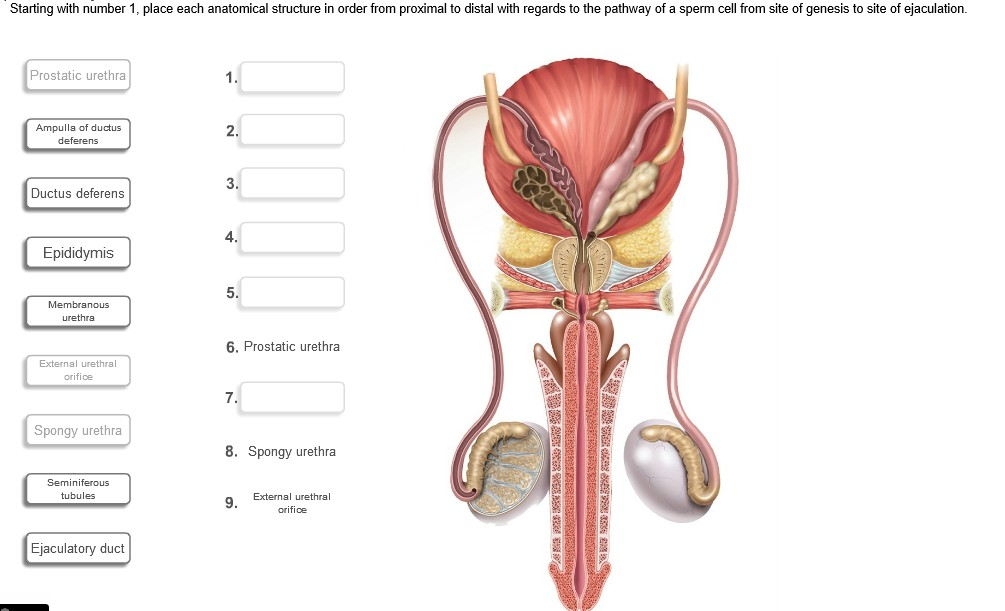

While low sperm count may indicate that natural conception might be more challenging, it doesn’t mean that a couple is infertile, or can’t get pregnant without reproductive assistance. When you consider that failure ratio, it makes sense that having a lower sperm count would make it less likely that one sperm will be able to fertilize the egg and result in pregnancy. While approximately 80 million sperm are typically released in one ejaculate, only about 400 make it to the egg. Most abnormal sperm will fall prey to these dangers, along with a good percentage of healthy sperm. There are many obstacles along the way, including the acidic vagina, the cervical mucus (which can sometimes be helpful to sperm, but if abnormal, can destroy sperm), and the possibility that sperm will move toward the wrong fallopian tube (in a normal cycle, only one fallopian tube, either the left or the right, will hold an egg at the time of ovulation). The natural conception process begins with ejaculation, when sperm (floating within semen) are released from the penis into the female reproductive system, in hopes of making it to the egg. What a low sperm count means for your fertility Low sperm count/concentration is known as oligospermia, while having no sperm in your semen at all is known as azoospermia. But some researchers argue that concentrations under 40 million/mL may impede chances of pregnancy. What’s a normal sperm count? Technically, 15 million sperm per mL of semen is considered a normal sperm concentration according to the World Health Organization 5th Edition, and anything under that threshold would be considered a low sperm count.

Though they’re not exactly the same value, both sperm count and sperm concentration measures test the same basic idea: if there are enough sperm being produced and ejaculated to make a natural pregnancy likely. For example, a sample may include 3 milliliters of semen (also known as semen volume) and a total sperm count of 45 million that would be a concentration of 15 million sperm per mL. Sperm concentration, on the other hand, is the density of the sperm within the semen-in other words, it’s the number of sperm per milliliter of semen. Sperm count refers to the total number of sperm in the “ejaculate” (the semen that’s released from the penis during ejaculation). Spermatogenesis begins at puberty and typically continues until death, but some of the sperm health parameters are negatively affected with aging. Sperm are produced in the testicles in a process called spermatogenesis in a healthy reproductive system, approximately 50 – 100 million viable sperm are produced each day. Sperm is the male sex cell, also known as a “gamete,” that carries half of the genetic material for a new baby. Read on to understand what a low sperm count means, why it might be happening, and what you can do about it at home-or at your doctor’s office. Maybe your partner has done a semen analysis, and your report indicates a low sperm count. That’s why low sperm count may decrease the chances of conceiving naturally.

But in order for a single sperm to make it all the way to the egg, you actually need quite a lot -we’re talking millions-to begin with. You probably know that all it takes to make a baby is one egg and one sperm.


 0 kommentar(er)
0 kommentar(er)
